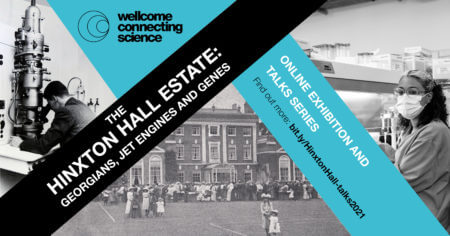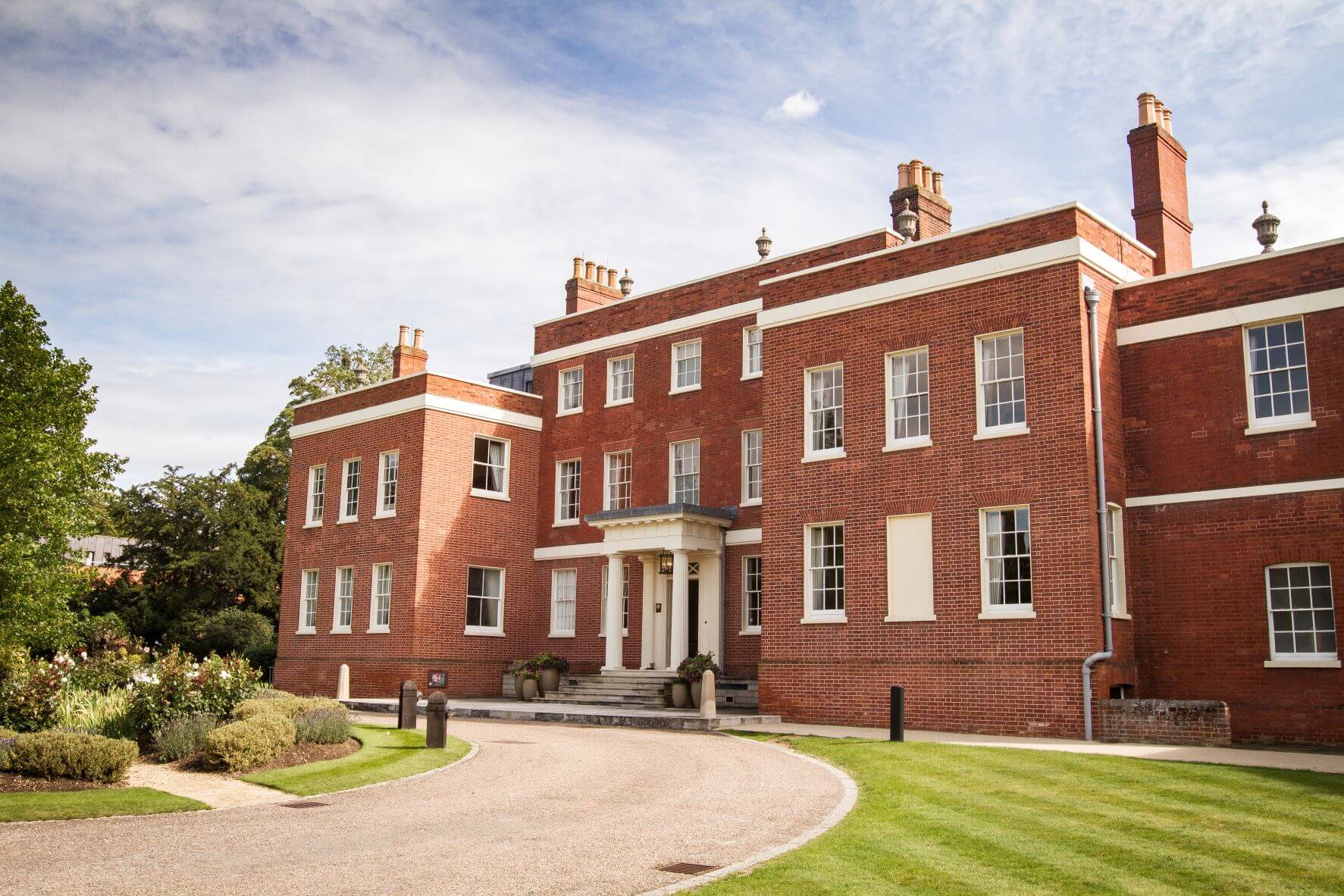
 Here at Wellcome Connecting Science we develop and deliver a diverse programme of learning, training, engagement and research, which is global in its reach. But we are located on the Wellcome Genome Campus, by the village of Hinxton, near the city of Cambridge, in the UK. The Campus totals around 100 acres of buildings and green spaces, and we are tucked in alongside neighbours such as the Wellcome Sanger Institute, EMBL European Bioinformatics Institute, and Genomics England.
Here at Wellcome Connecting Science we develop and deliver a diverse programme of learning, training, engagement and research, which is global in its reach. But we are located on the Wellcome Genome Campus, by the village of Hinxton, near the city of Cambridge, in the UK. The Campus totals around 100 acres of buildings and green spaces, and we are tucked in alongside neighbours such as the Wellcome Sanger Institute, EMBL European Bioinformatics Institute, and Genomics England.
Many of you may have visited the Wellcome Genome Campus when attending one of our research conferences or training courses, or as part of a school visit or public event. But did you notice Hinxton Hall at the north end of the Campus? The Hall is now part of our Conference Centre, but it’s also a Grade II* listed building, which is particularly notable for the decoration of its ‘parlour’.

For those of us who work on the Campus, it’s often easy to take the Georgian country house where we hold some of our meetings for granted. But who lived in Hinxton Hall? What went on within its walls? And how did it become part of a site that is a powerhouse of genomics research? We decided to try and find some of the answers!
A Connecting Science project team consisting of staff from across the programme has been researching the earliest days of the Hall, its links to the village of Hinxton, and its use before it was part of the Campus. We’ve been lucky enough to access the work of specialist researchers, to speak to some of the people who worked in the Hall in the 1950s and 60s, and even meet some of the descendants of the family who owned and lived in the Hall through the early 1900s.
We’ve found an intriguing literary connection, a family identity swap, and a number of unexpected uses for a butler’s pantry! We’ve also been delighted to work with two creative agencies, DragonLight Films and Outside Studios, to bring some of these stories to life. And together with our own curator Beth Elliott, we’re looking forward to sharing an online exhibition with you next month, and an exhibition in the Hall itself next year.
 We will also be hosting a short series of online talks honing in on some of the key moments in the Hall’s history. We kick off on 15th September, as part of Open Cambridge and Heritage Open Days, with a talk exploring Hidden Heritage and Home Grown Veg. Join our expert panel to discuss the relationship between the Hall, its kitchen gardens and orchard, and how fruit and vegetables permeated through everything from community events to interior decoration!
We will also be hosting a short series of online talks honing in on some of the key moments in the Hall’s history. We kick off on 15th September, as part of Open Cambridge and Heritage Open Days, with a talk exploring Hidden Heritage and Home Grown Veg. Join our expert panel to discuss the relationship between the Hall, its kitchen gardens and orchard, and how fruit and vegetables permeated through everything from community events to interior decoration!
All our online events are free to attend, and you can visit the Genome Gallery to find out more and register. We hope to see you next month!